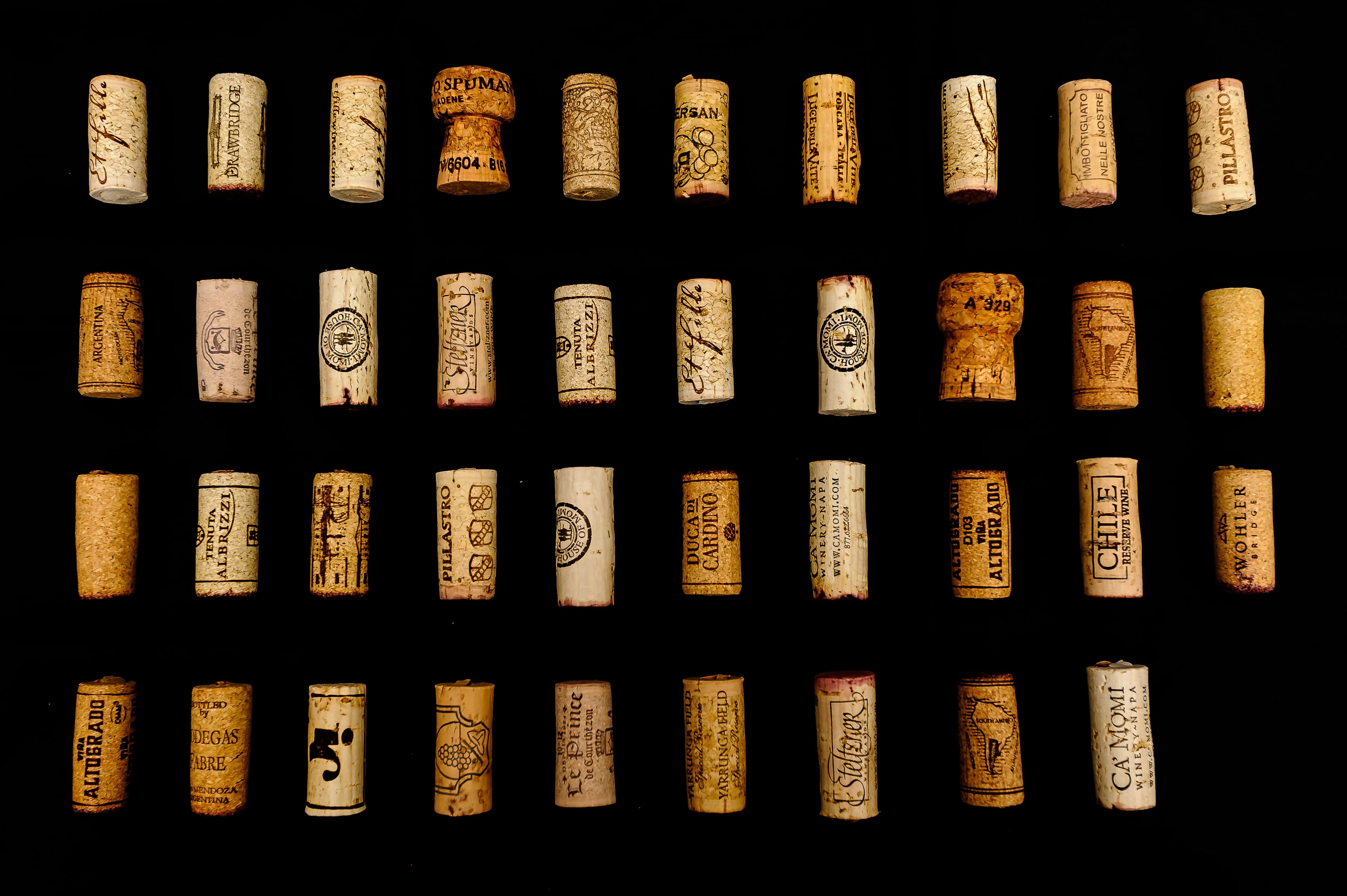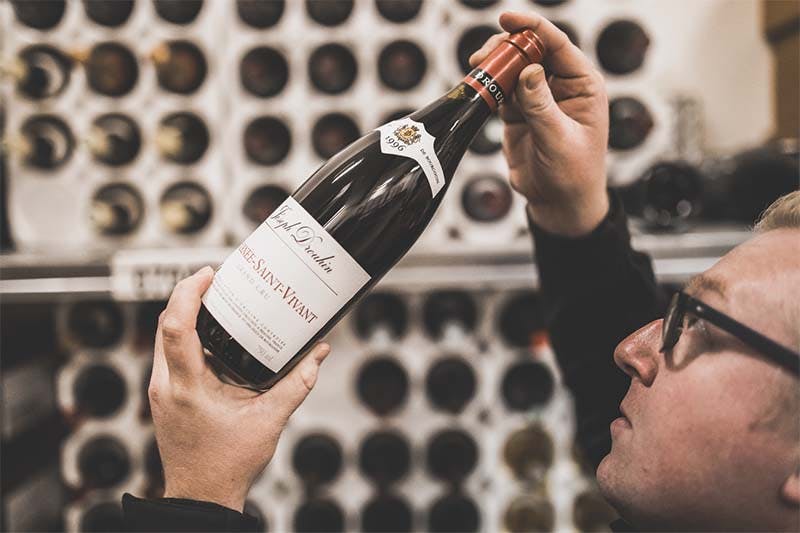Qu'est-ce que le vin Super Toscan
3 min de lecture
Head of Content

En parlant des meilleurs vins d'Italie, en particulier des vins de Toscane, des noms comme Sassicaia, Tignanello, Ornellaia et Masseto occupent leur place dans le club. Dans l'univers du vin, ils sont souvent appelés vins « super toscans ». Cependant, sur l'étiquette, ces vins ne sont pas classés comme DOCG ou DOC, mais plus communément comme IGT ou Vino di Tavola (vin de table). Alors, qu'est-ce qu'un vin « super toscan » ?
Tignanello, le premier vin super toscan au monde, a été introduit en 1974 par le prestigieux producteur de vin, la famille Antinori. Cette création d'un assemblage de 80 % de Sangiovese, 15 % de Cabernet Sauvignon et 5 % de Cabernet Franc, est élevée en fûts de chêne pendant 12 mois et n'est produite que lors de bonnes années. À cette époque, certaines caves toscanes étaient frustrées par les lois strictes sur le vin en Italie et souhaitaient s'en écarter afin de produire de meilleurs vins. Pendant ce temps, l'Italie, en tant que pays producteur de vin majeur, devait gagner plus de reconnaissance internationale en exportant des vins vers de nouveaux marchés. Voyant la réputation dont jouissaient les vins de Bordeaux, les vignerons italiens ont commencé à incorporer des variétés non natives telles que le Cabernet Sauvignon et le Merlot dans la vinification, et à adopter des fûts de chêne français pour élever les vins. Aujourd'hui, les super toscans peuvent être des assemblages ou des vins de cépage unique. La variété italienne classique Sangiovese, ainsi que des variétés internationales telles que le Cabernet Sauvignon, le Merlot, le Syrah et le Cabernet Franc, sont couramment utilisées dans les vins super toscans.
Traditionnellement en Toscane, le Sangiovese est le principal cépage, jouant un rôle majeur dans la région viticole historique du Chianti et de Montalcino. D'autres cépages majeurs légalement sanctionnés comme le Canaiolo, le Colorino, le Trebbiano, le Malsavia sont largement utilisés pour l'assemblage. Les initiatives des vignerons rebelles ne respectaient certainement pas les réglementations de DOCG ou DOC. Par conséquent, les vins élaborés avec des variétés internationales ne pouvaient être étiquetés que comme Vino di Tavola. Heureusement, les nouvelles inventions ont conquis les palais des Américains. Ne souhaitant pas ternir ces grands nouveaux vins avec des étiquettes de table, les critiques américains ont commencé à les appeler « Super toscans », et le nom est resté comme un terme non officiel mais courant sur le marché du vin. En 1992, le système d'indication géographique (IGT) a été introduit en Italie, ce qui offre plus de liberté dans les choix de vinification pour les producteurs toscans. Peu après, en 1994, Bolgheri DOC a été créé, mettant la partie côtière de la Toscane sur la carte des régions premium pour les assemblages de Bordeaux réalisés à partir de cépages internationaux.
Les super toscans continuent de commander des prix élevés sur le marché au fil des ans, certains étant parmi les vins les plus chers d'Italie. En général, les super toscans sont restés relativement stables en termes de disponibilité et de prix, avec seulement de légères fluctuations discernables. Dans le marché des vins fins d'aujourd'hui, certains icônes super toscans, y compris Bibi Graetz, Galtrona de Petrolo et Caiarossa, utilisent désormais « La Place de Bordeaux », un réseau de distribution historique et traditionnel pour Bordeaux Grand Cru Classe, comme une route mondiale vers le marché. En raison du potentiel de vieillissement prolongé, les vins super toscans comme Sassicaia, Tignanello, Masseto devraient bien performer dans le marché des vins fins à l'avenir.
Partager cet article











